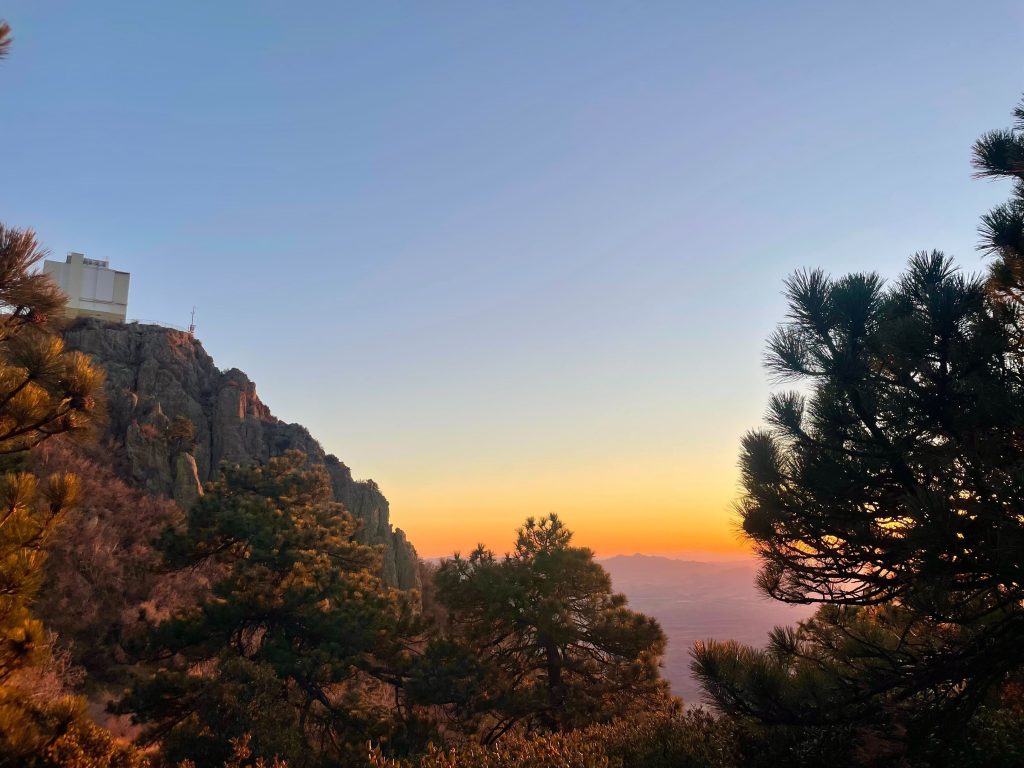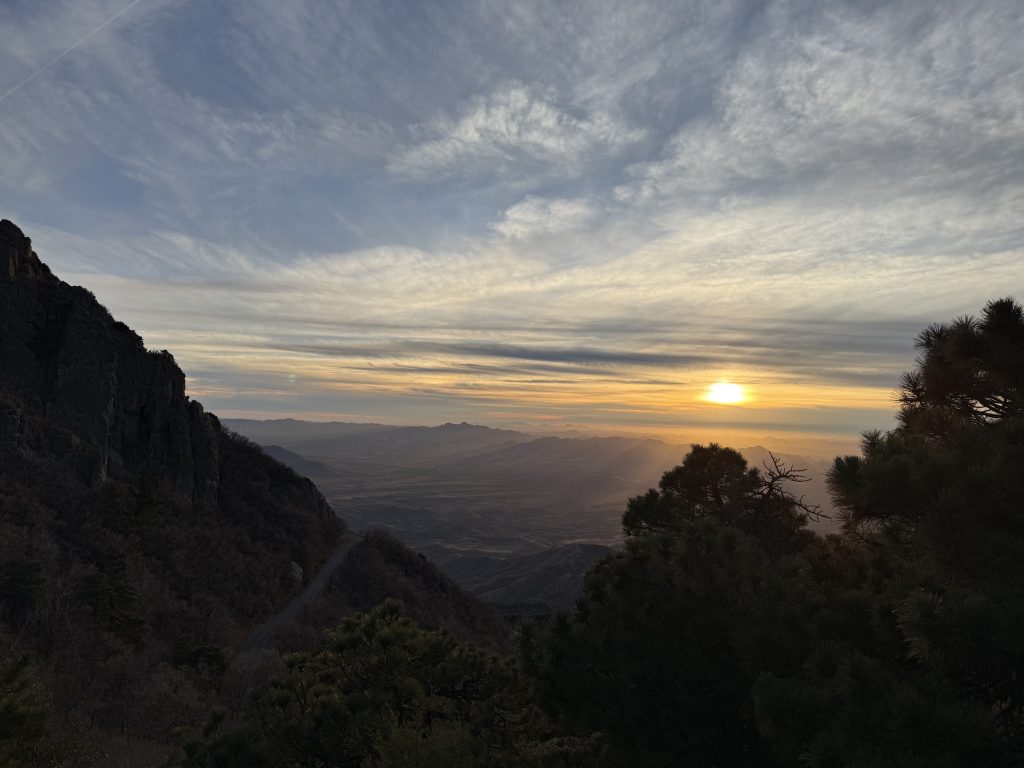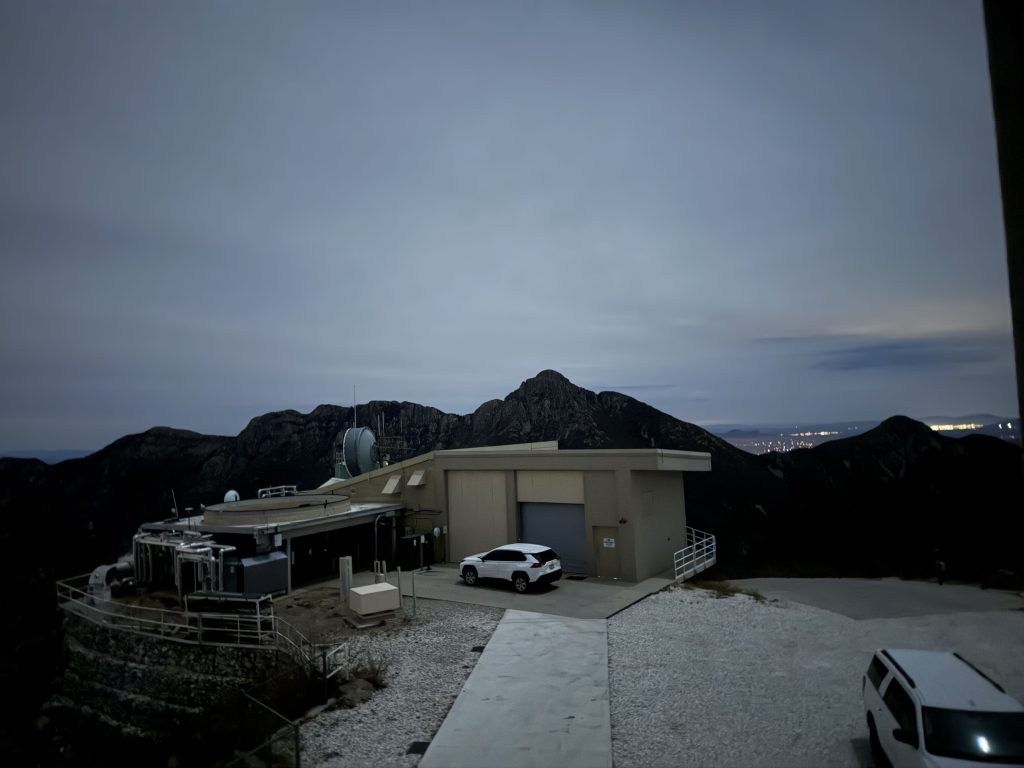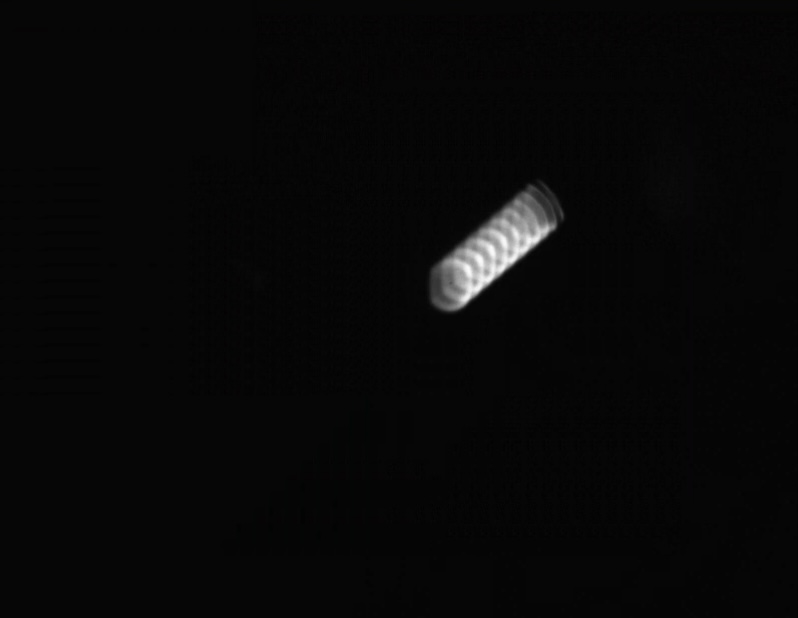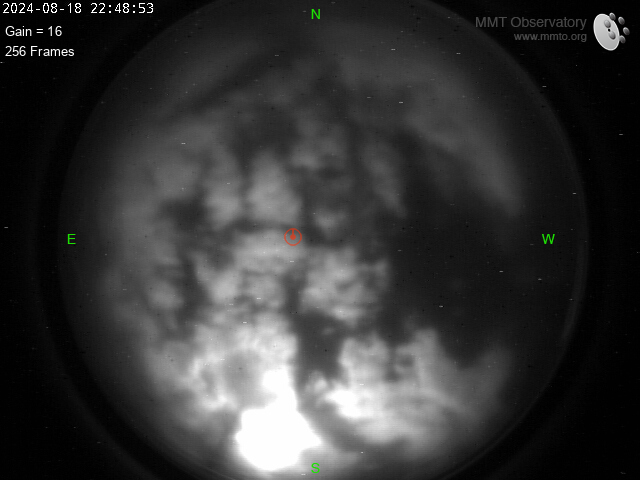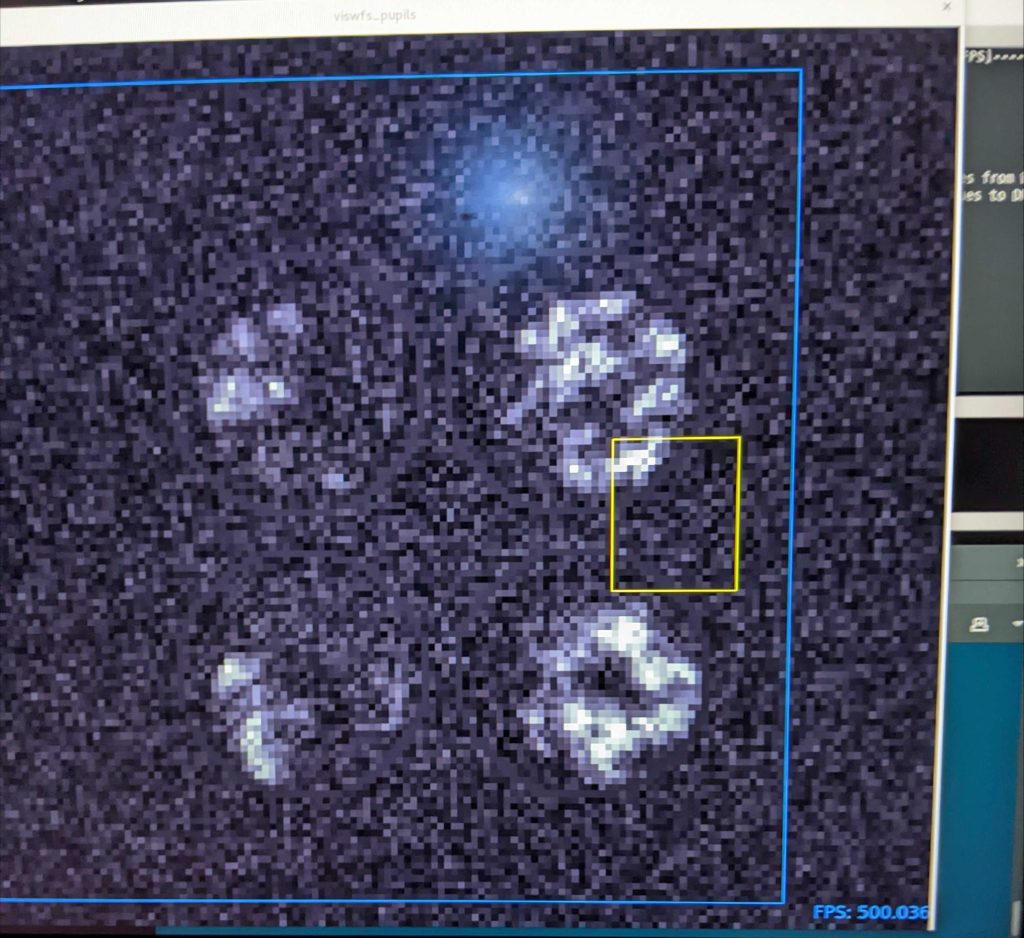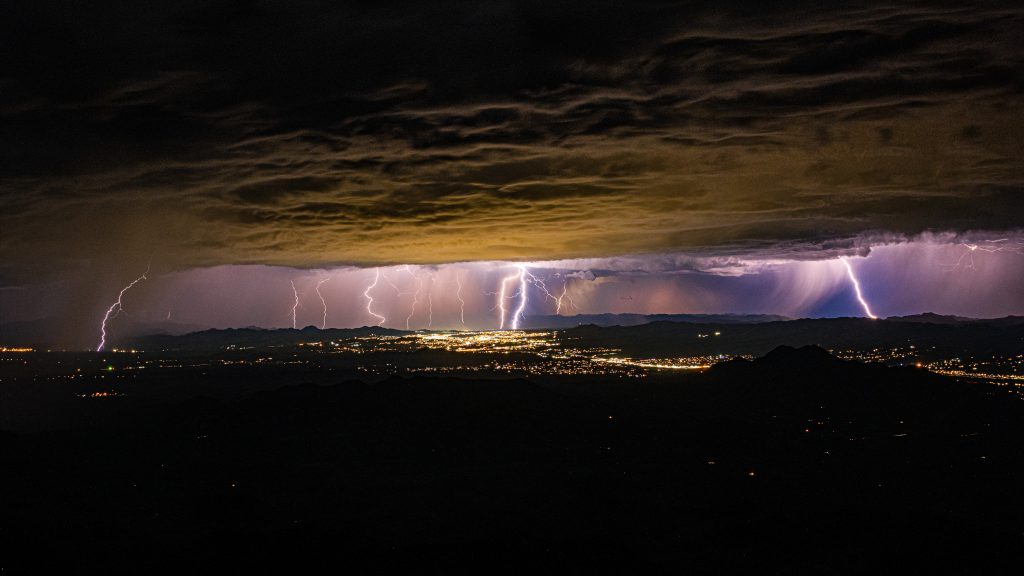‘Twas the night before running AO, when all through the telescope
The wind was violently stirring, we had lost all our hope;
The MAPS team decided that the night would finish
In hopes that tomorrow the gales would diminish;
There are 52 more lines in this old-time poem
So I will write the remainder of this blog in the way that we know ’em
༄ ⋆⁺₊❅.⁺˚⋆。°✩₊・:*༄:。
As soon as I stepped outside, I could tell tonight was the night we would be able to start running AO. The sky was clear, and the roaring winds of last night were gone.
It was silent… too silent. I couldn’t help but feel as if something else would soon stir up our night.
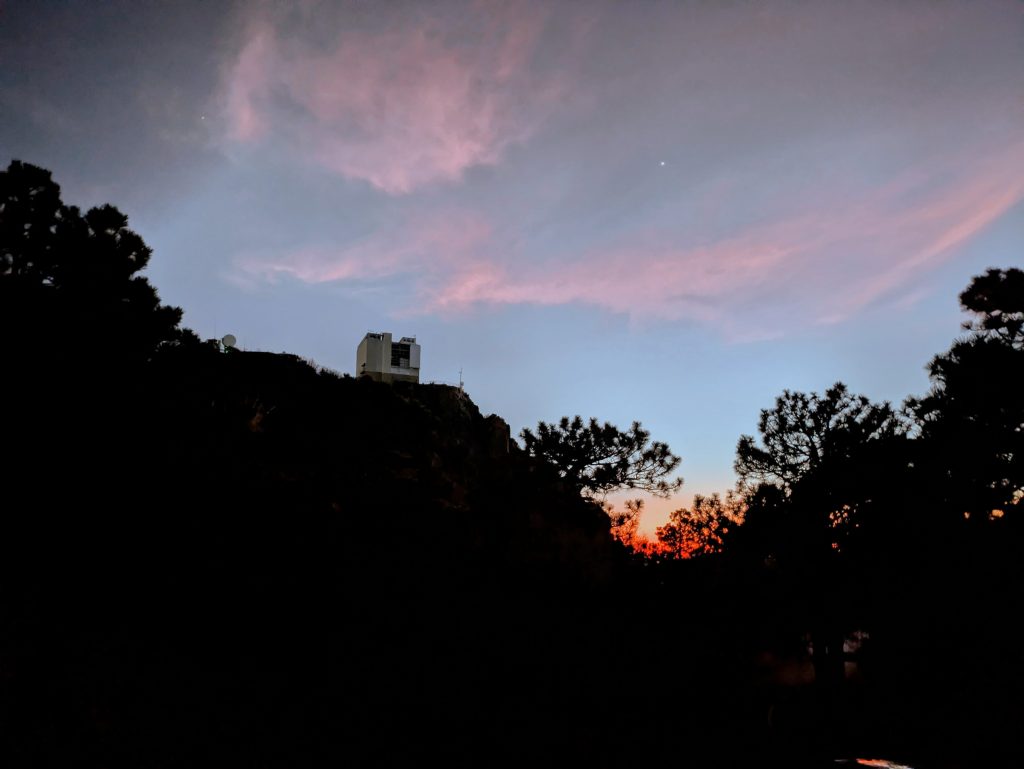
We all arrived at the telescope and set everything up just like any other night: Bianca and I filled BLINC and uncovered the science cameras, Amali booted up the ASM and prepared to start up CACAO/AO, Ben, our telescope operator, moved us to our first target, and Krishna and Jorge confirmed the absence of the target viewed from MIRAC.
Wait. What? Where’s the star!? Krishna and Jorge scramble around their work station trying to understand what is going on. Everything was fine yesterday! Why can’t we see our target tonight?? After two days of alignment, they are confused as to why this is happening.
Minutes pass by. *scramble scramble*
No star. *clickity clack*
Still no star. *brrrrrr… pop, pop!*
Popcorn is done!
In the heat of the moment, Krishna an ASU grad student (who is also looking to buy a car – check previous blog) fuels themselves with popcorn, hoping the sustenance will give them comfort in troubling times as well as the power to solve the issue. Everyone else joins in, munching on popcorn, as a call is made to MIRAC P.I. Jarron. The unnamed grad student’s popcorn munching intensifies. Right as Manny and the MIRAC team are about to head up to the chamber to delve into the instrument, a beautiful, amoeba-like blob appears on the MIRAC viewer. A star! During the stress-eating frenzy, we moved to a new target, made various telescope movements, fixed coma between the primary and secondary, and adjusted voltages on the MIRAC chopper. The combination of those actions allowed us to see our target on MIRAC as we desired.
While we waited for Amali to get CACAO running, a few of us decided we wanted a break from staring at the sky on a screen so that we could instead stare at the sky with our own eyes. Conveniently, the Geminid meteor shower was happening tonight, and we were in the perfect place to view it. To my surprise, the meteors looked significantly brighter and closer to us than when viewing from Tucson. I stood out there for 20 minutes, attempting to get a picture of a shooting star for the blog (I am always thinking of you). I had hoped to capture a picture of a shooting star coming out from Orion and heading towards the telescope dome, as if Orion himself was shooting it. It got cold, and my arms were sore from holding my phone up in the sky, so I gave up and went inside. I shall leave you with a sky cam image instead.

We go back inside to continue working, still feeling the energizing effects of the popcorn that fueled us. Throughout the wee hours of the night, Amali works towards closing the loop on 50 modes. As expected, she is able to successfully do this, thus confirming we are back on track to continue where we left off in August! (For those of you who didn’t know, pushing the ASM to 100 modes during the August run resulted in the loss of 24 magnets. To keep things short, software issues lead to magnet detaching issues.) Four months of hard work pays off! Despite the seeing going between 1.5 and 2.2 arcsecs, Amali continues working. We even verified that CHAI responds appropriately to overheating actuators by going into ESTOP – we have learned this is a crucial part to not losing 24 magnets. Meanwhile, Krishna spends the entire last half of the night coding away, developing a script to find centroids of hot pixels. That popcorn really does work. Thank you, Manny!
Closed loop → open loop → closed loop

The song of the night is “Popcorn” by The Muppets.
